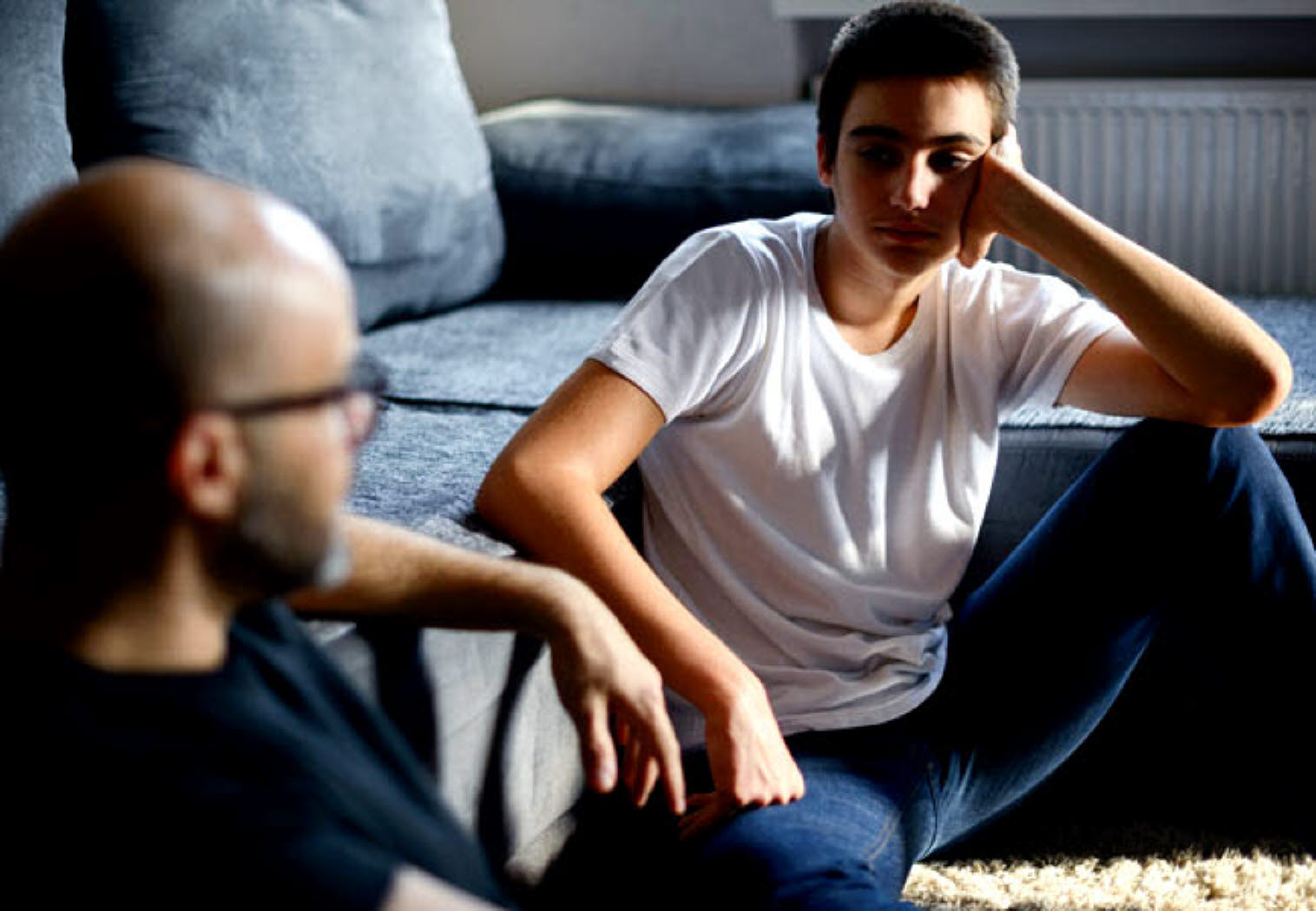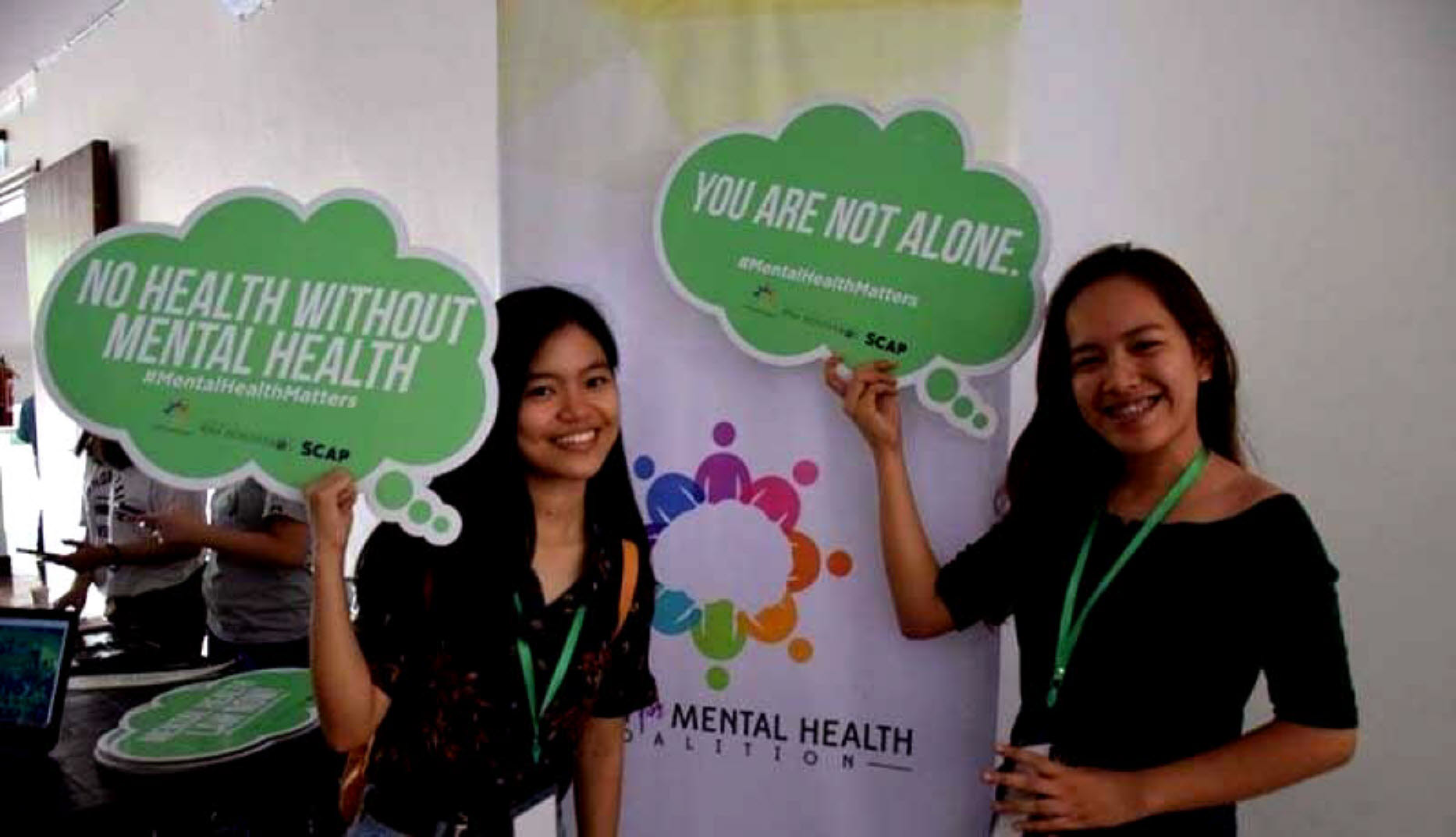
A perfect storm of biology, technology, and homework

Writer: Juliann Garey
Clinical Experts: Allison Baker, MD , Max Van Gilder, MD
What You'll Learn
- How much sleep do #teens need to be healthy?
- What part does biology play in #teens’ #sleep?
- How does screen time affect #sleep?
- Quick Read
- Full Article
- What’s going on here?
- Biology
- Technology
- Homework
- Over-scheduling
- Earlier #school start times
Most #teens today are living with mild to severe #sleepdeprivation. #Teens actually need more #sleep than little #kids. Experts say #teens need over nine hours a night to be healthy. But over a third of #teens get only five to six hours a night. The major reasons for #sleepdeprivation in #teens are biology, screen time and unreasonable expectations.
Because of hormone changes, #teens are more awake at midnight and would wake at 10 or 11am if they didn’t have to get to #school. When #kids try to catch up on #sleep on the weekends, it messes with their #sleep even more.
Another reason for #sleepdeprivation in #teens is the time they spend on screens. The light coming from the screen keeps their brains from making melatonin, which is the #sleep hormone. Between doing homework on computers and socializing on phones, that means a lot of screen time. And then there’s the #anxiety of #kids who want to be perfect in #school. Staying up all night to study becomes competitive among some groups of high-achieving friends.
We also live in a culture that values activity over #sleep. #Teens often participate in more activities than they have time for. A lot of times that’s because they’re being told that colleges want them to be well-rounded. But the more they do, the less #sleep they get. This is made worse by the fact that some #highschools start as early as 7:20 in the morning. In reality, studies show that #teens don’t function well before 9am.
My 16-year-old daughter is finally entering the homestretch of sophomore year, and she has been chronically #sleep deprived since September. The reasons are multiple but when you add together 45 minutes of homework per class per night, plus a few extra-curricular activities, plus the downtime spent everyday watching a John Green video on #YouTube or chatting with friends, and a normal amount of procrastination, it adds up to between 5 and 7 hours of #sleep on an average #school night. Throw in a term paper or heavy exam week and the average can easily drop to 3 or 4.
My daughter is hardly atypical. In fact, multiple studies have shown that the vast majority of #teens today are living with borderline to severe #sleepdeprivation. According to #sleep expert Mary Carskadon, PhD, a professor of psychiatry at Brown University and director of chronobiology and #sleep research at Bradley Hospital in Providence, Rhode Island, #teenagers actually need more #sleep than younger #kids, not less. Nine and a quarter hours of #sleep is what they need to be optimally alert. According to a 2010 large-scale study published in The Journal of #Adolescent Health, a scant 8% of US #highschoolstudents get the recommended amount of #sleep. Some 23% get six hours of #sleep on an average #school night and 10% get only 5 hours.
In studies conducted by Dr. Carskadon, half the #teens she evaluated were so tired in the morning that they showed the same symptoms as #patients with narcolepsy, a major #sleepdisorder in which the #patient nods off and falls directly into REM #sleep.
When you consider the fact that many of these #kids are getting behind the wheel in the early morning and driving themselves to #school, the issue of #sleep becomes literally a matter of life and death.
#James Donaldson notes:
Welcome to the “next chapter” of my life… being a voice and an advocate for #mentalhealthawarenessandsuicideprevention, especially pertaining to our younger generation of students and student-athletes.
Getting men to speak up and reach out for help and assistance is one of my passions. Us men need to not suffer in silence or drown our sorrows in alcohol, hang out at bars and strip joints, or get involved with drug use.
Having gone through a recent bout of #depression and #suicidalthoughts myself, I realize now, that I can make a huge difference in the lives of so many by sharing my story, and by sharing various resources I come across as I work in this space. #http://bit.ly/JamesMentalHealthArticle
Find out more about the work I do on my 501c3 non-profit foundation website www.yourgiftoflife.org
Order your copy of James Donaldson's latest book,
#CelebratingYourGiftofLife:
From The Verge of Suicide to a Life of Purpose and Joy

www.celebratingyourgiftoflife.com
What’s going on here?
So what exactly is keeping #teenagers up so late? Unfortunately biology, technology, and societal expectations together create a perfect storm for the chronic #sleep deprivation. The major contributors to #adolescent #sleep debt come down to these:
Biology
Along with the more obvious hormonal changes that transform your #child into a #teen, are shifts in the production of melatonin, the #sleep hormone. That is why your #teenager actually seems more awake at midnight than at dinner and left alone would probably #sleep until ten or eleven. It may drive you crazy but, says Dr. Max Van Gilder, a #pediatrician in Manhattan, “that is the normal circadian rhythm for 15- to 22-year-olds.” Effectively, they are in a different time zone than the rest of us.
“It’s a major contributing factor to #sleep deprivation which is unique to #adolescence, ” says Dr. Allison Baker, a #child and #adolescent #psychiatrist. “The typical #highschoolstudent’s natural time to fall asleep is 11pm or later. We really need to adjust the environment instead of asking #teenagers to adjust their physiology.”
The problem is compounded when many #adolescents, like my daughter, try to make up for lost sleep on the weekends, sometimes sleeping upwards of 12 hours on Friday and Saturday nights, which only further disrupts their sleep cycle. But who has the heart to wake them?
Technology
It’s not just that #Facebook, #Twitter, #Instagram, #Tumblr and #YouTube are distractions that keep #kids up later, it’s the actual light coming off all the electronic devices they’re exposed to, especially late at night. Electronics emit a glow called blue light that has a particular frequency. When it hits receptors in the eye, says Dr. Van Gilder, “those receptors send a signal to the brain which suppresses the production of melatonin and keeps #kids from feeling tired. And #adolescents are low on melatonin and start producing it later to begin with.” Dr. Van Gilder says he’s seen #adolescent bedtimes pushed back an hour to an hour and a half over the years since #teens started doing their homework on computers. On average, my #teenage #patients are going to bed at around 12:30 now.”
#Teens who are up late writing papers on computers or chatting with their friends are effectively creating an even more stimulating environment that will only keep them from being able to fall asleep when they want to.
Homework
Andrea Pincus and Andrew Multer consider it a good night when their 16 year-old son, Jake Multer, a sophomore at The Dalton #School in Manhattan, gets to bed by 12:30. And there’s lots of fighting that goes on around the issue of homework and bedtime. “He tells us we micromanage him,” Pincus says. “He tells us we’re helicopter #parents, but does he mention he stays up until 5 or 6am writing a paper?” Pincus and her husband are torn between making Jake go to bed and encouraging him to finish his work regardless of how long it takes. “There’s the #anxiety of a #kid like Jake who cares about the work. He works with a very nice group of #kids on certain assignments and it’s great that they have each other but they also on some level add to the #anxiety because you always have one #kid who’s staying up later or pulling an all-nighter, putting in more work on a paper or studying for a test and it creates this extra #anxiety and competition.”
His brother Sam, 13 and an eighth grader at Hunter College #HighSchool in Manhattan, is more or less resigned to being #sleep deprived. He figures his current bedtime—anywhere between 11pm and 12:30am—which is so late “for the most part due to homework,” will only get later as he gets older. He says his #parents want him to go to bed earlier but “they recognize that if I did that I wouldn’t get my work done and it’s important to me and it’s important to them.” Sam however also admits to having a procrastination and time management problem, some of which he believes comes from being so tired in the afternoon.
Over-scheduling
We live in a culture that values activity over #sleep and there is no part of that culture that reinforces that idea more than the #college admissions process. #Teens are constantly being told that they have to be “well-rounded” which, in an age when #colleges are becoming ever more selective means that the more they do, the better their applications will look. And for some #kids, being involved in a lot of extracurricular activities may truly be a matter of pursuing a diversity of passions. Either way, the result is an ever-narrowing window for #sleep.
Katrina Karl, 16, is finishing up her junior year at Joel Barlow High School in Redding, Connecticut. She takes 5 academic classes, participates in the three theatrical productions her school puts on every year and volunteers at the middle school in her town. On top of that she works 13 hours a week at a local grocery store to help pay for summer theater camp and to save money for college. This past year, she says, was brutal. “I was lucky if I got 4 to 5 hours of sleep a night,” she says. On the nights she worked, Karl wouldn’t get home until 9 or 10 o’clock. Then she would start doing several hours of homework. Katrina’s bus picks her up at 6:15am and the first period bell rings at 7:20am.
Karl says she’s been living this way since about halfway through freshman year. “Everyone at my #school is exhausted,” she says.
Earlier #school start times
Very early #highschool start times, like Karl’s, are not uncommon, despite the fact that they run completely counter to the biological needs of #adolescents. “Multiple studies have shown that #highschoolstudents aren’t functional before 9 am,” says Dr. Van Gilder.
Cathi Hanauer, an author and the editor of the anthology The Bitch In The House, has been at the center of a 7-year battle to change the 7:20 start time of her North Hampton, Massachusetts, #highschool. “It started before my daughter got to high school. She’s now one year out of college. My son is a sophomore. The resistance has been huge,” she says, “despite the fact that 60% of the #students are falling asleep in #school.”
According to Hanauer, it all comes down to bussing and #sports. The #school buses used for the #highschool are used for the middle and elementary #schools that have later start times. Pushing back the start time for the #highschool would mean either making the younger #kids get up earlier or adding more buses which is not in the #school budget. Then there are concerns that later start times will compromise the practices of #sports teams.
Hanauer and some of the other #parents got a consultant in who designed an affordable busing plan and in 2013 the #school board finally passed a resolution to move the #highschool’s start time to between 8:00 and 8:30. They have since overturned the decision. “I’m done,” Hanauer says. “It’s been the most frustrating thing I’ve ever been involved with.”
With more than half of #American #teenagers living with chronic #sleep deprivation, #parents and #teachers tend to overlook the profound effects it has on #kids’ physical, #mental and #behavioralhealth. The #sleep deficit is not in fact, a normal part of being a #teenager. It’s part of an invisible epidemic that we need to start addressing.

https://standingabovethecrowd.com/2023/04/jamesdonaldson-on-mentalhealth-why-are-teenagers-so-sleep-deprived/









